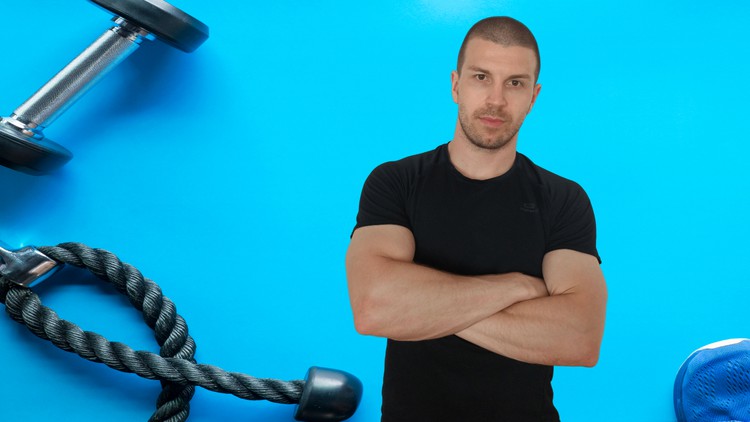
Screening your client
What you will learn
Why a screening process is important
How to screen a client
Analyze the joint movements of a client
Determine which muscles are overactive
Determine which muscles are underactive
How to perform a static screening
How to perform an overhead squat screening
What key check-points to look at
How to address the postural problems
Description
In this course you will learn how to perform a screening with clients and become a better fitness trainer. We will discuss the static- and overhead assessment. You don’t need any prior knowledge about fitness or exercising (however if you do, that makes it easier).
This course is taught by Jeroen who is an internationally certified personal trainer and internationally certified nutrition coach with over 12 years of experience helping clients and teaching other personal trainers and nutrition coaches how to better help clients reach their goals.
In this course you’ll learn the basics of screening a client and it will give you a solid foundation that you can use in the future to better your skills.
This course is going over the important concept of screening. So we focus only on that part. If you want to have more in depth knowledge about the muscles, joints, exercises and functions of the body you’re welcome to follow the personal fitness trainer course.
In this course you will learn about why it is important to perform a screening assessment and how it benefits your clients. We go over the static screening and the overhead screening. We will discuss things like knee valgus and knee varus, ankle dorsiflexion problems, arms that fall forward and even why the torso falls forward during a squat. We cover the upper cross syndrome and the lower cross syndrome. You learn why these problems occur, how to recognize these issues and what muscles are causing these postural problems.
When you know what causes the issues you’ll know how to take on these problems and fix them for your clients, so you will learn what to do with overactive muscles and underactive muscles.
To improve the way the body of client moves you need to be able to perform a screening, it is important as a fitness trainer. So when you are done with this course you’ll understand why it is important to perform a screening, know how to do a screening and what to look for and how to fix the problems.
So if you want to become a better fitness trainer then this is the course for you!
Content